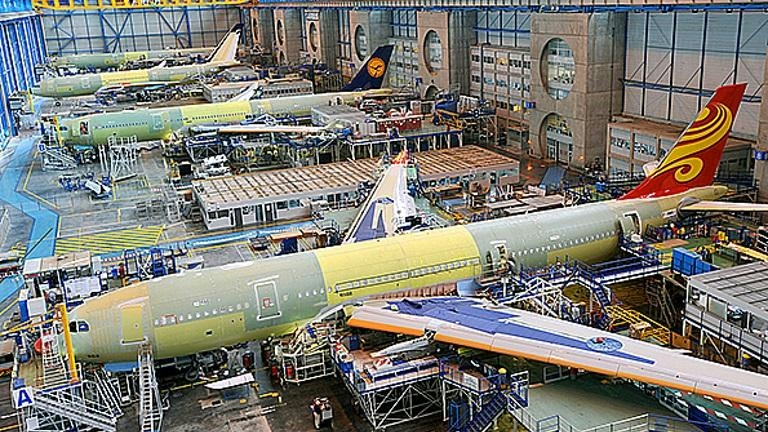
AeroGenie — あなたのインテリジェントな副操縦士。
現在のトレンド
Categories
Dubai Completes First Manned Air Taxi Flight
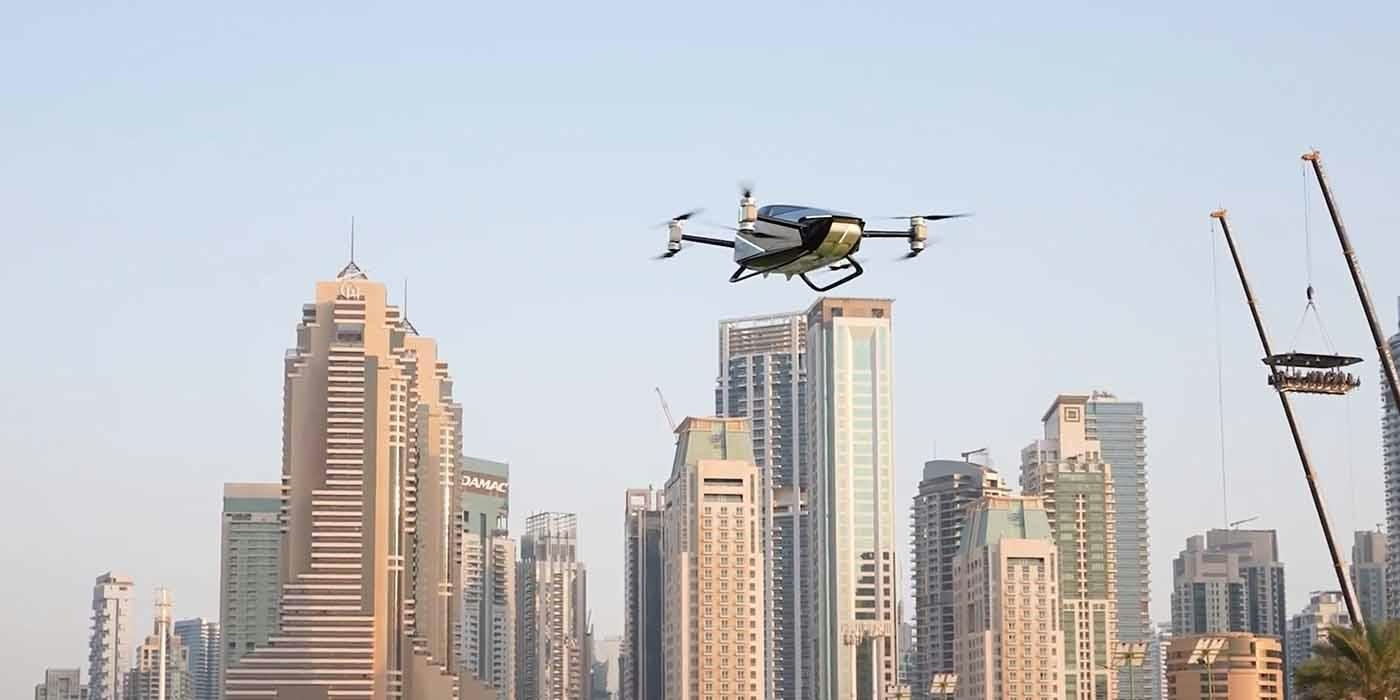
Dubai Completes First Manned Air Taxi Flight
Dubai has reached a significant milestone in urban mobility with the successful completion of its first manned air taxi flight. This achievement underscores the emirate’s dedication to pioneering innovative transportation solutions and marks a pivotal advancement in the UAE’s ambition to lead the global urban air mobility sector. By accomplishing this feat, Dubai positions itself at the forefront of next-generation infrastructure development.
Vision and Strategic Commitment
Sheikh Hamdan bin Mohammed bin Rashid Al Maktoum, Crown Prince of Dubai, emphasized that sustained investment in advanced infrastructure represents an investment in both the city’s residents and its future. This philosophy aligns closely with the vision of His Highness Sheikh Mohammed bin Rashid Al Maktoum, Vice President and Prime Minister of the UAE and Ruler of Dubai. Sheikh Hamdan highlighted that Dubai’s ongoing projects embody a forward-looking strategy aimed at creating a connected and sustainable city driven by innovation. These initiatives form a core component of the Dubai Economic Agenda, D33, which seeks to maintain Dubai’s status as one of the world’s most liveable and dynamic cities.
The successful air taxi flight exemplifies Dubai’s commitment to integrating cutting-edge technology and sustainability into its urban development framework. Sheikh Hamdan noted that the emirate’s approach is grounded in long-term planning, adaptability, and a steadfast dedication to improving quality of life. By establishing new global standards for smart and resilient city design, Dubai continues to solidify its reputation as a leader in urban innovation.
Challenges and Industry Response
Despite this progress, the widespread adoption of air taxis faces considerable challenges. Regulatory approvals, safety concerns, and technological complexities remain significant hurdles to overcome. The global market is observing these developments with cautious optimism, recognizing the transformative potential of urban air mobility. Meanwhile, competitors such as Archer and Wisk Aero are advancing their own projects, intensifying the race to commercialize this emerging technology.
In response to Dubai’s advancements, industry stakeholders are increasing investments and forming strategic partnerships. Notably, Eve has signed an agreement with Falcon Aviation Services to introduce electric air taxis, reflecting the sector’s growing momentum and the rising interest in sustainable urban transportation solutions.
As Dubai continues to embed innovative technology and sustainability into its infrastructure, the emirate is setting a benchmark for cities worldwide. The inaugural manned air taxi flight not only highlights Dubai’s innovative spirit but also heralds a new era in urban mobility, promising to transform how people navigate cities in the years ahead.

Philippine Airlines, Citi, and UK Export Finance Finalize Financing for Rolls-Royce Trent XWB-97 Engine
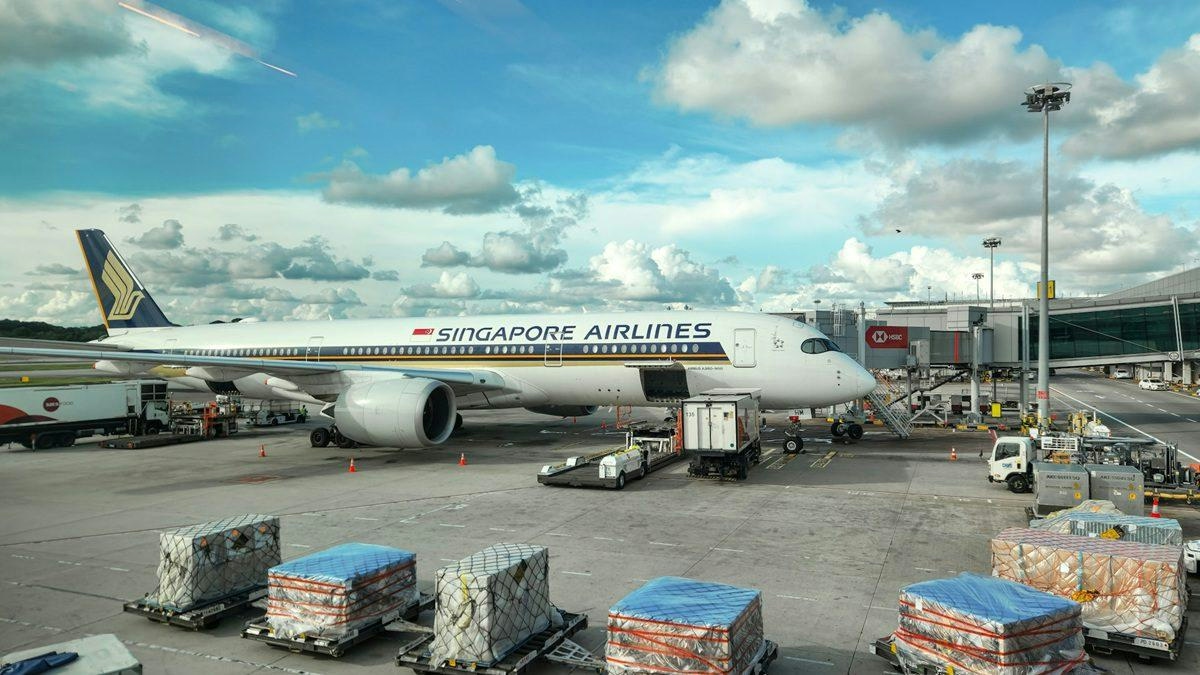
Singapore Airlines Commits to Innovation and Excellence in Travel

Airlines Transition from Data Silos to AI-Driven Insights

Boeing Prepares 777X Prototype for Dubai Airshow Flight Demonstration
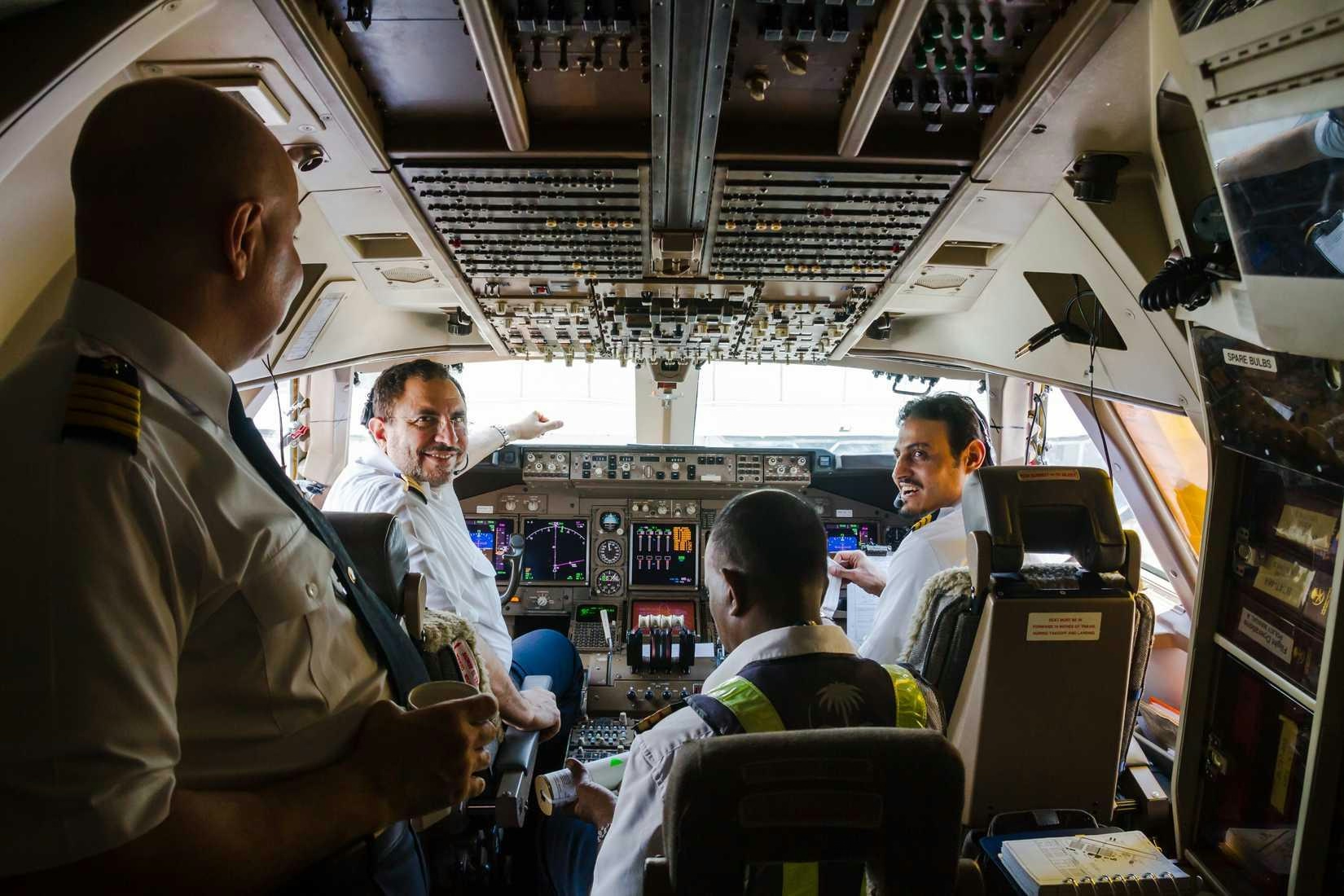
Comparison of Pilot Salaries in the US and Europe

Japan Airlines Explores AI and Smart Tourism at UN Tourism Assembly in Riyadh
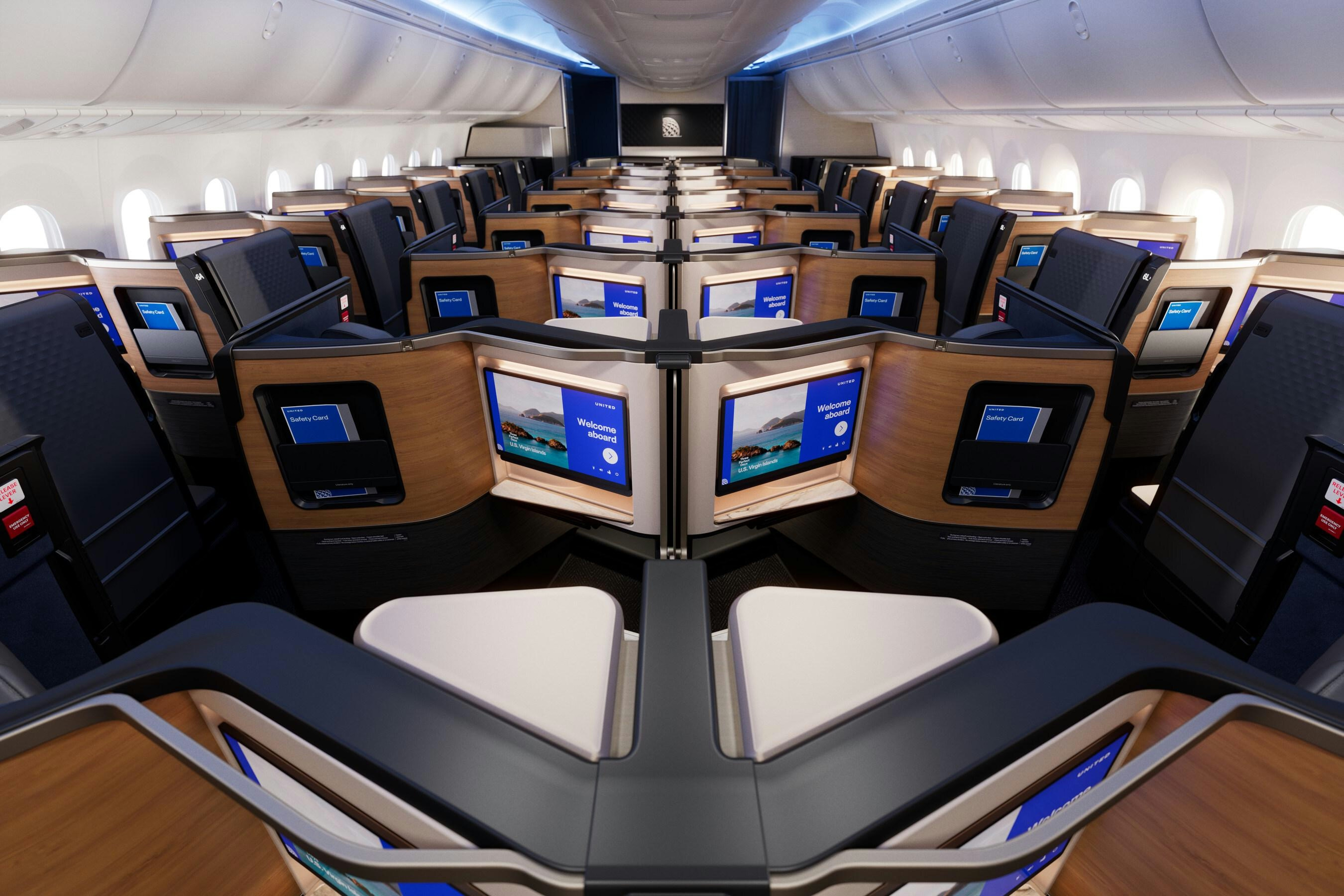
United Airlines Joins Major Carriers in Adopting New Aircraft Technology

Major Airlines Expand Use of Narrowbody Aircraft
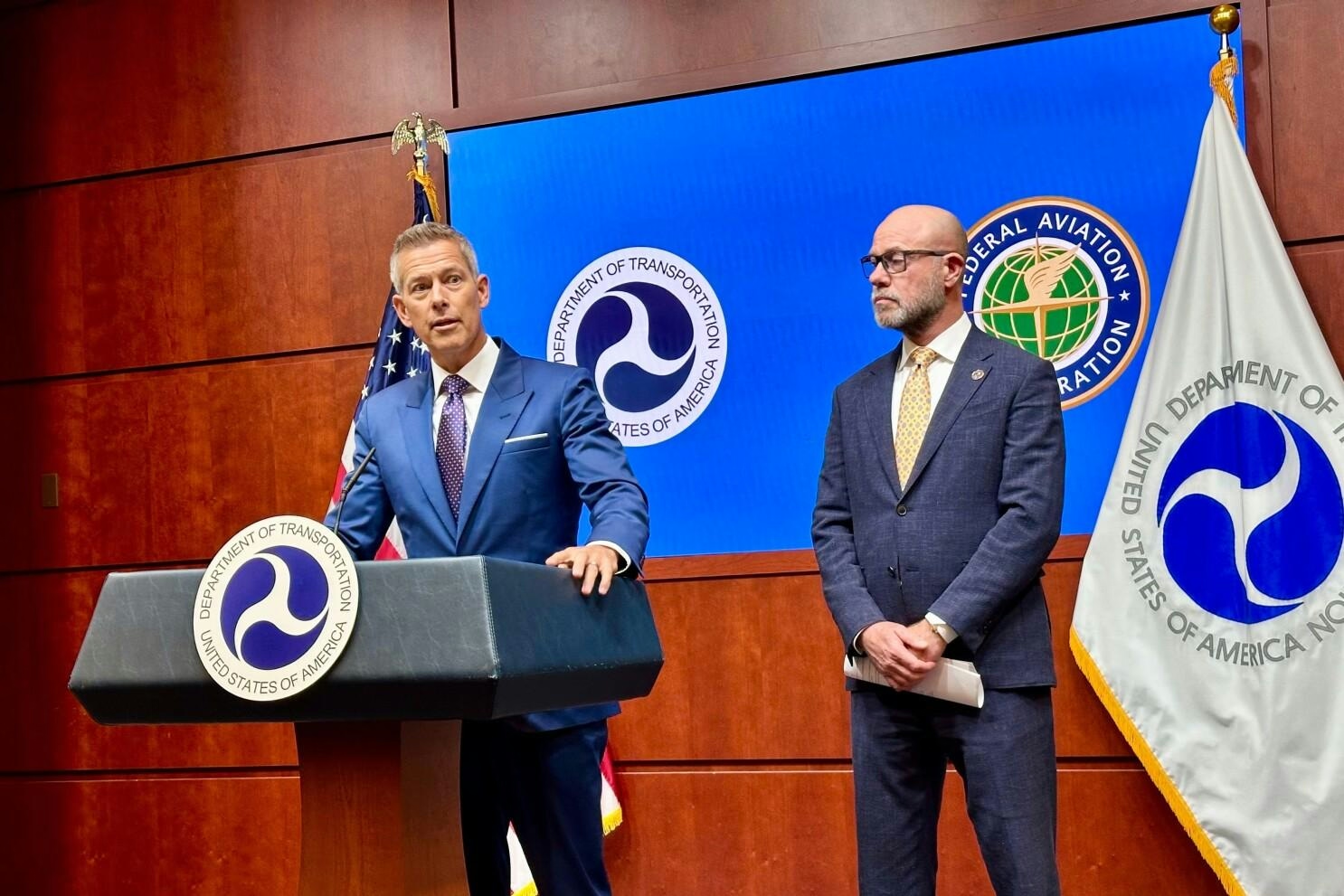
Airline CEOs Urged Trump Officials to Defend Flight Reductions
